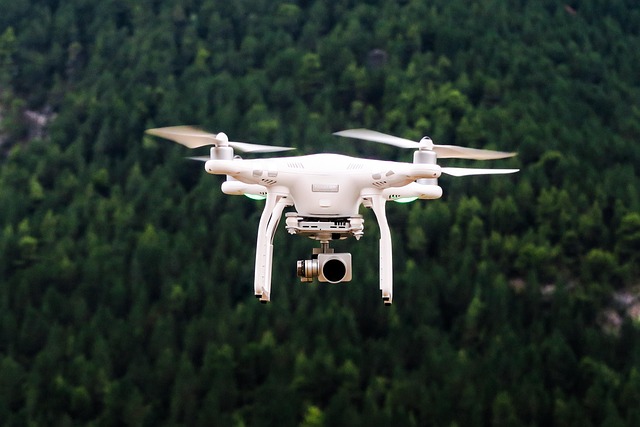Drone photography has revolutionized the way we capture the world around us, allowing us to ascend above the ordinary and gain a fresh perspective on our surroundings. As photographers, we are often enamored with the idea of capturing stunning aerial shots that showcase the beauty of nature, architecture, and everything in between. However, mastering the art of drone photography requires more than just flying high; it involves a deep understanding of optics and camera settings to truly elevate your images.
When we talk about optics in drone photography, we are referring to the quality of the lens and how it interacts with light. The choice of lens can drastically affect your images. Most drones come equipped with wide-angle lenses, which are excellent for capturing expansive landscapes. However, being aware of lens distortion is crucial; wide-angle lenses tend to warp images at the edges. It’s essential to consider this when framing your shot to avoid unintentional artifacts.
Understanding camera settings takes your drone photography to the next level. From ISO to shutter speed, each component plays a vital role in capturing that perfect moment. A key factor to consider is the golden hour—shortly after sunrise or before sunset—when natural light is softer and warmer, creating a magical ambiance. During this period, use a lower ISO setting to minimize noise, along with a slower shutter speed to draw in more light.
Moreover, having a firm grasp on exposure can help balance highlights and shadows, showcasing intricate details in your images. Utilize your drone’s ability to shoot in RAW format. This gives you greater flexibility during post-processing, allowing you to enhance the visual appeal without compromising on quality. Continuous shooting mode can also be advantageous, enabling you to capture a sequence of images and select the best shot later.
Learning to use filters effectively can further enhance your drone photography. ND (Neutral Density) filters are particularly useful, as they reduce the amount of light entering the camera. This allows for slower shutter speeds, which can create breathtaking motion blur in clouds or water, adding a dynamic feel to your photographs. Polarizing filters can help to manage reflections and saturate colors, making your landscapes pop with vibrancy.
Lastly, don’t underestimate the importance of composition in your aerial shots. Leading lines, rule of thirds, and framing can drastically change how your photo is perceived. Take your time to explore different angles—and don’t be afraid to break the rules to discover unique perspectives that tell a story through your lens.
As you dive deeper into the world of drone photography, remember that experimentation is key. Take the time to familiarize yourself with your gear, practice various techniques, and study the effects of different settings on your images. The sky is truly the limit!



